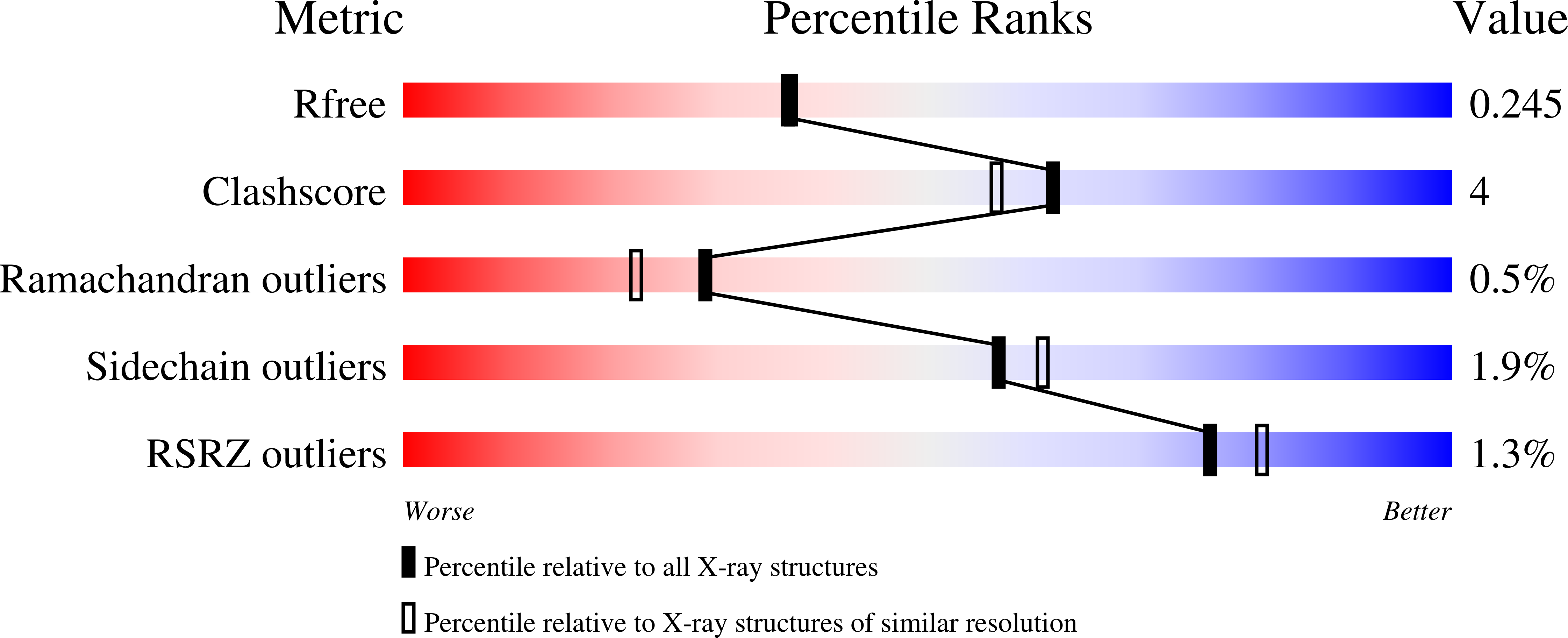
Deposition Date
2022-05-27
Release Date
2023-05-31
Last Version Date
2023-12-13
Entry Detail
PDB ID:
8D1Q
Keywords:
Title:
Crystal structure of Plasmodium falciparum GRP78-NBD in complex with 8-Aminoadenosine
Biological Source:
Source Organism:
Plasmodium falciparum (Taxon ID: 57270)
Host Organism:
Method Details:
Experimental Method:
Resolution:
2.15 Å
R-Value Free:
0.24
R-Value Work:
0.19
R-Value Observed:
0.20
Space Group:
P 65 2 2


